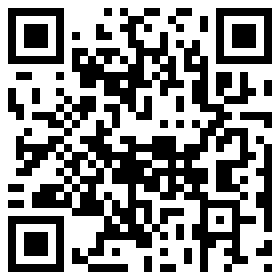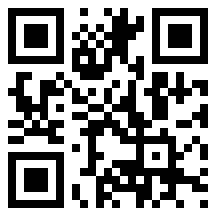Here is the outline of the talk. I'll flesh it out in greater detail later.
I recorded the talk and have podcasted it at http://vance_stevens.podomatic.com/
SLIDE 1: The 20th Century as the “Read-Only” century
- Lawrence Lessig: Stanford Law School, Stanford, CA & Founder of Creative Commons has said “The 20th century was the only read-only century in human history, totalitarian, centralizing, controlling. The 21st is the return to read-write.” http://www.wizards-of-os.org/index.php?id=232
SLIDE 2: What does Read-Only mean?
- Publication is controlled by elite
- Greatest social transformation of the 20th century was radio, then television
- Early learning models are top down: behaviorist, mastery learning, ‘sit and get’
- Web 1.0 - Static web pages (essentially top down one-way flow of information)
- Print medium dominant
SLIDE 3: Read-Write Society
- Anyone can publish, no control
- Greatest social transformations: Cluetrain Manifesto, Wikipedia, Blogging, YouTube
- Current learning models are interactive: constructivist, collaborative, data-driven, real authentic live online information exchange and sharing
- Web 2.0 - dynamic web page, free tools, interactions with users, conversations
- Multimedia, multiliteracy - http://www.opensource.idv.tw/moodle/course/view.php?id=23 (guest entry ok)
SLIDE 4: 20th Century CALL Model
- Shrink-wrapped, licensed, copywrited
- Protection keys and CD Roms
- Pre-packaged lessons
- Lab management software (designed for surveillance and control)
- Focus on computer
SLIDE 5: CALL 2.0
- Creative commons, open source
- Freely downloadable
- Flexible, rewritable content, created by teachers and students
- Courseware management systems
- Computer is seamlessly integrated, so focus on pedagogy
SLIDE 6: Impact on market-place
- Previously publishers sold content
- Content is now free (service has value)
- Means of creating content is also free
- Market must take into consideration skills and expectations of digital natives
- What succeeds in this market?
- Spaces such as Second Life, My Space, Facebook, Open Source CMS and LMS
- Delivery and Infrastructure
SLIDE 7: Tools for Language Learning
- Digital storytelling (audacity)
- Blogs, wikis (comments, interaction)
- Podcasting
- Skypecasting
- Social Networking
- Instant messaging
- Language exchange
SLIDE 8: How can commercial vendors adapt and cope?
- To be filled in during conversation with vendors


 Tag in your DEL.ICIO.US account
Tag in your DEL.ICIO.US account











No comments:
Post a Comment